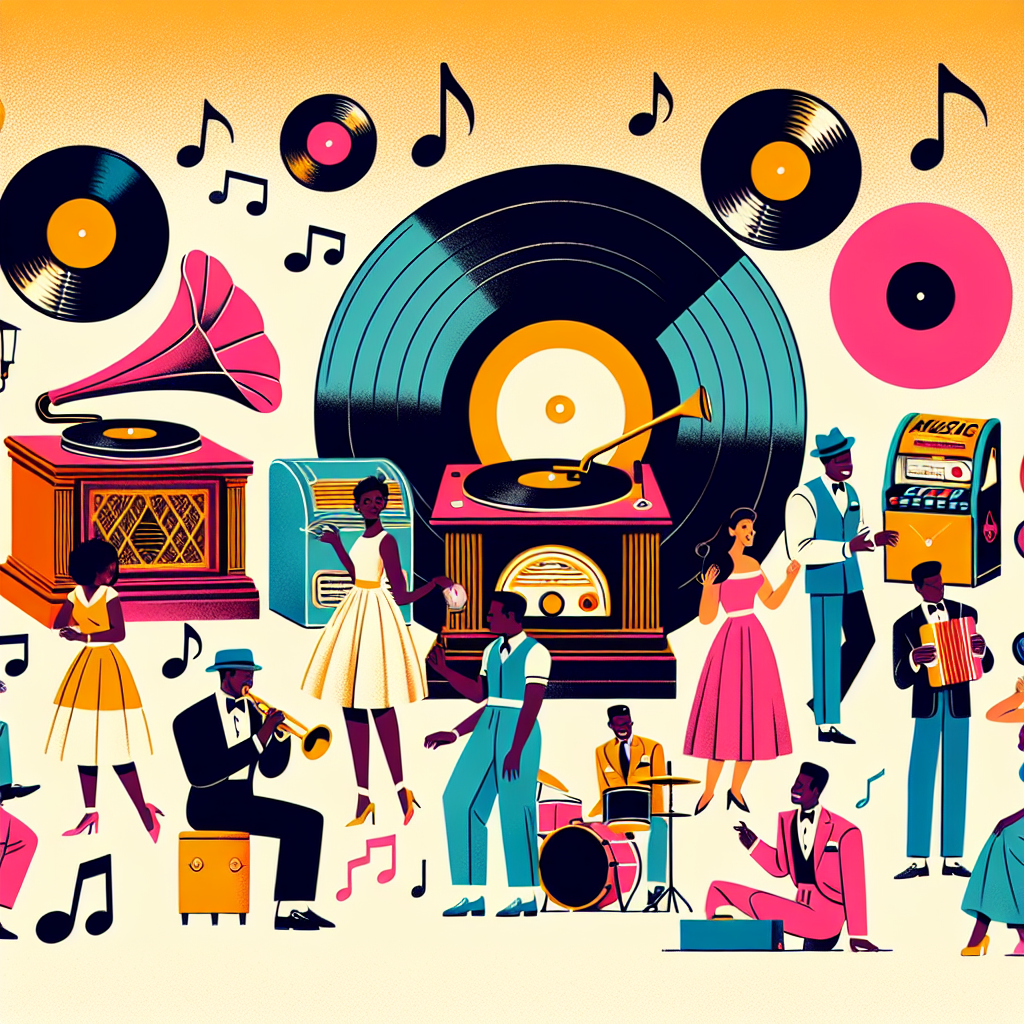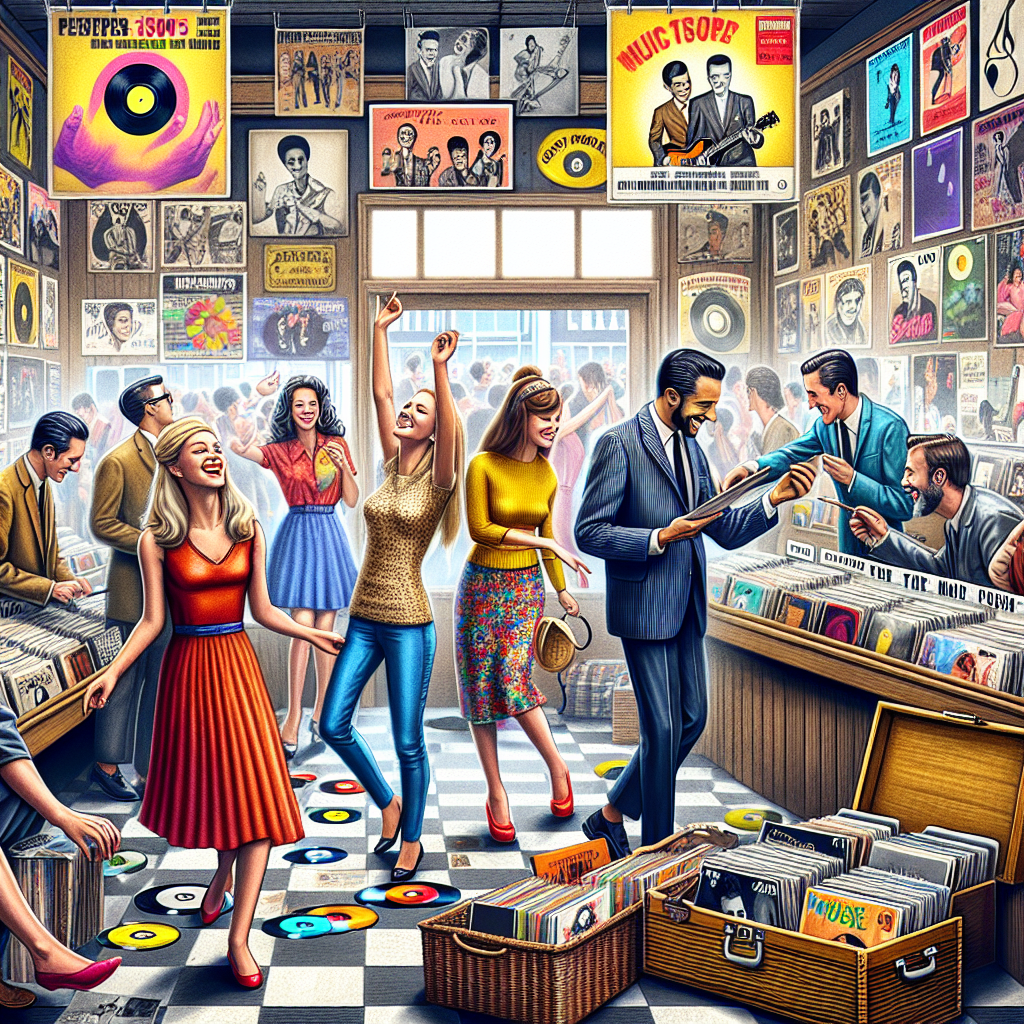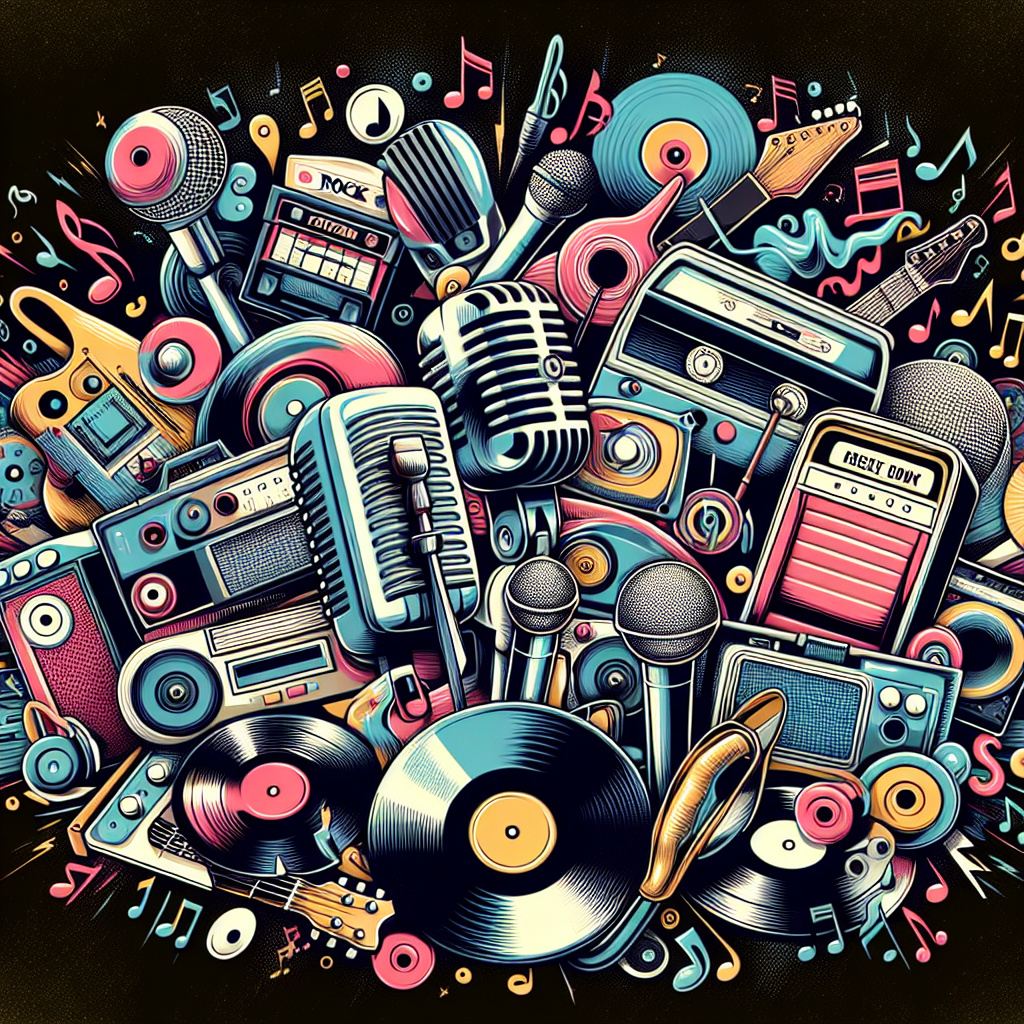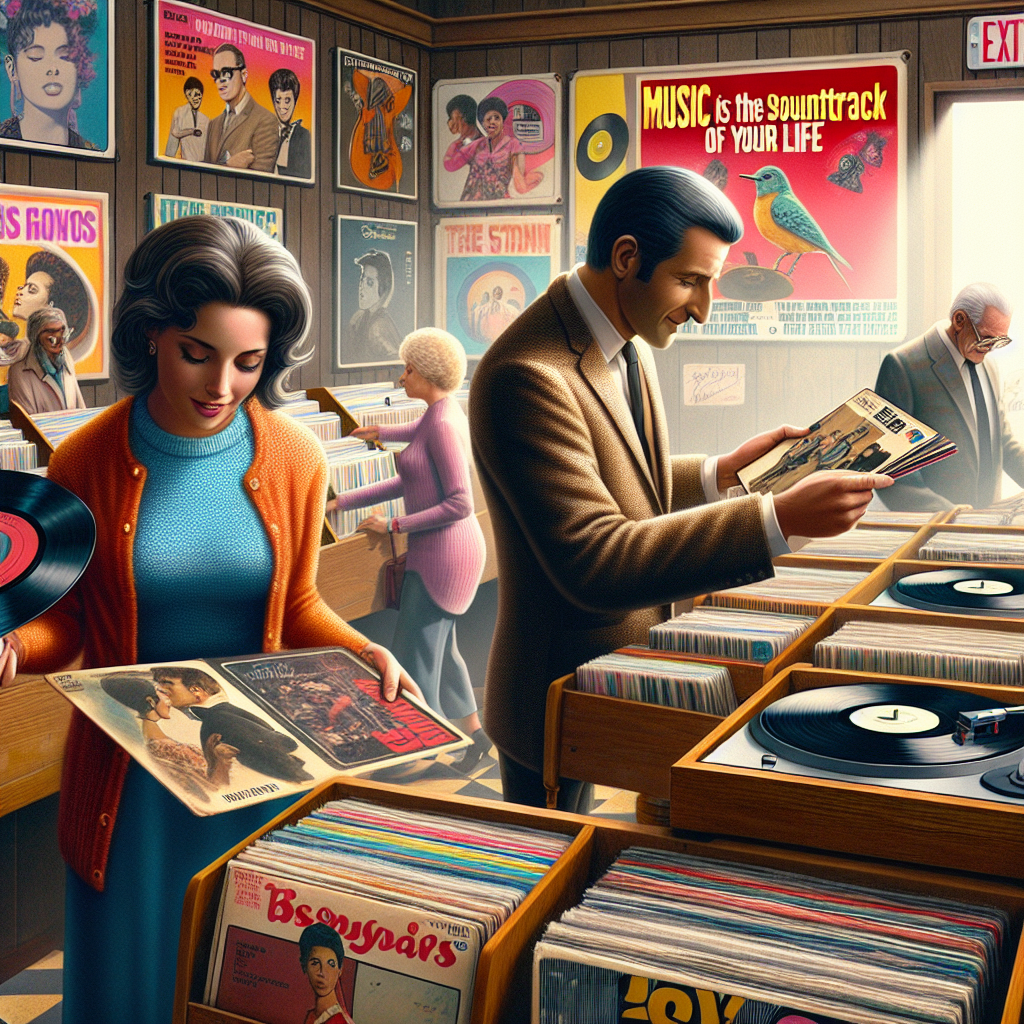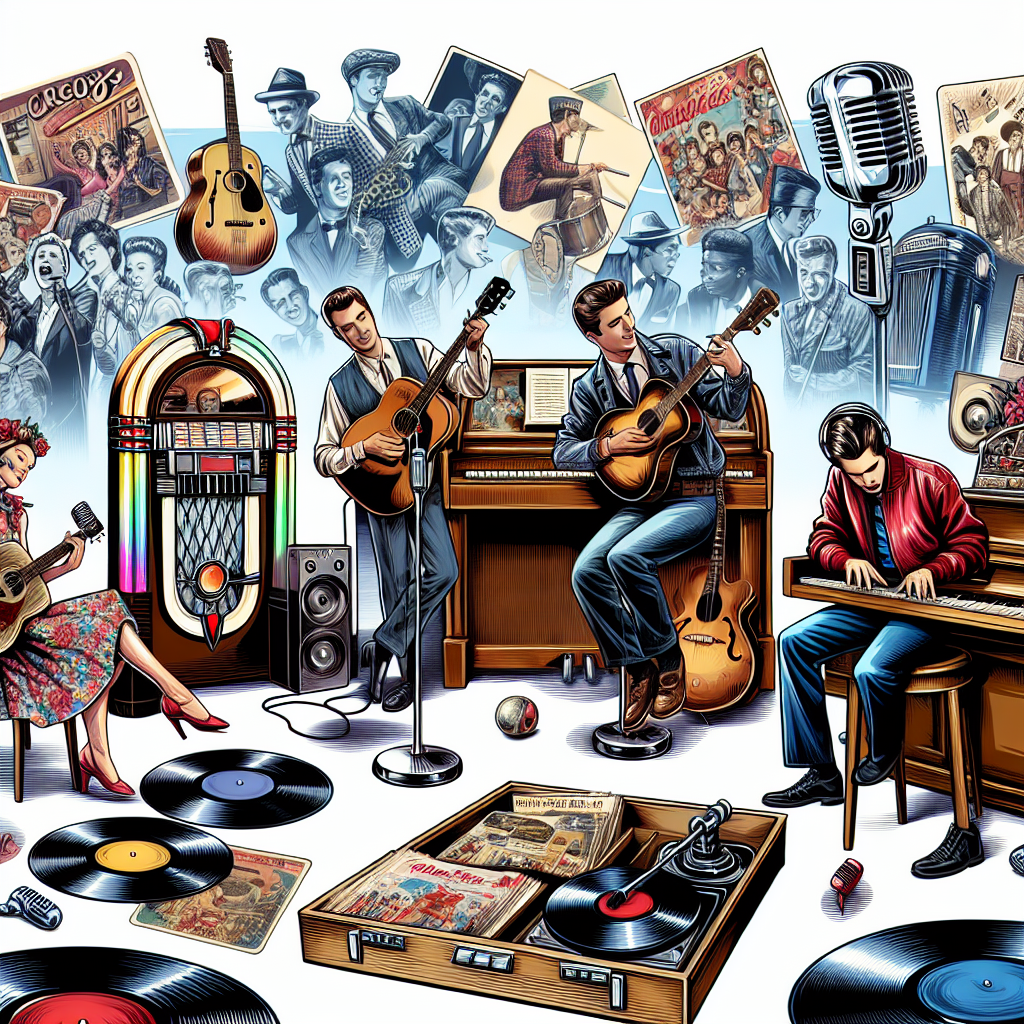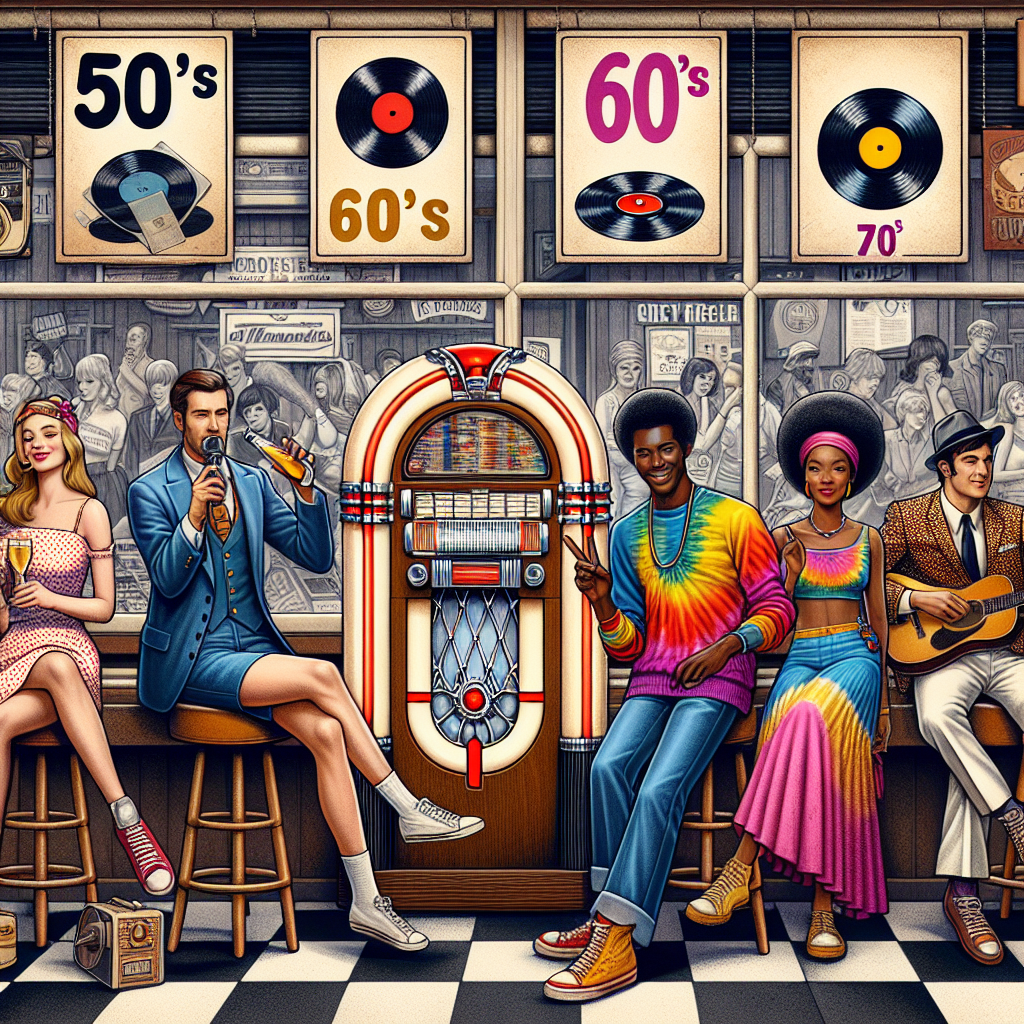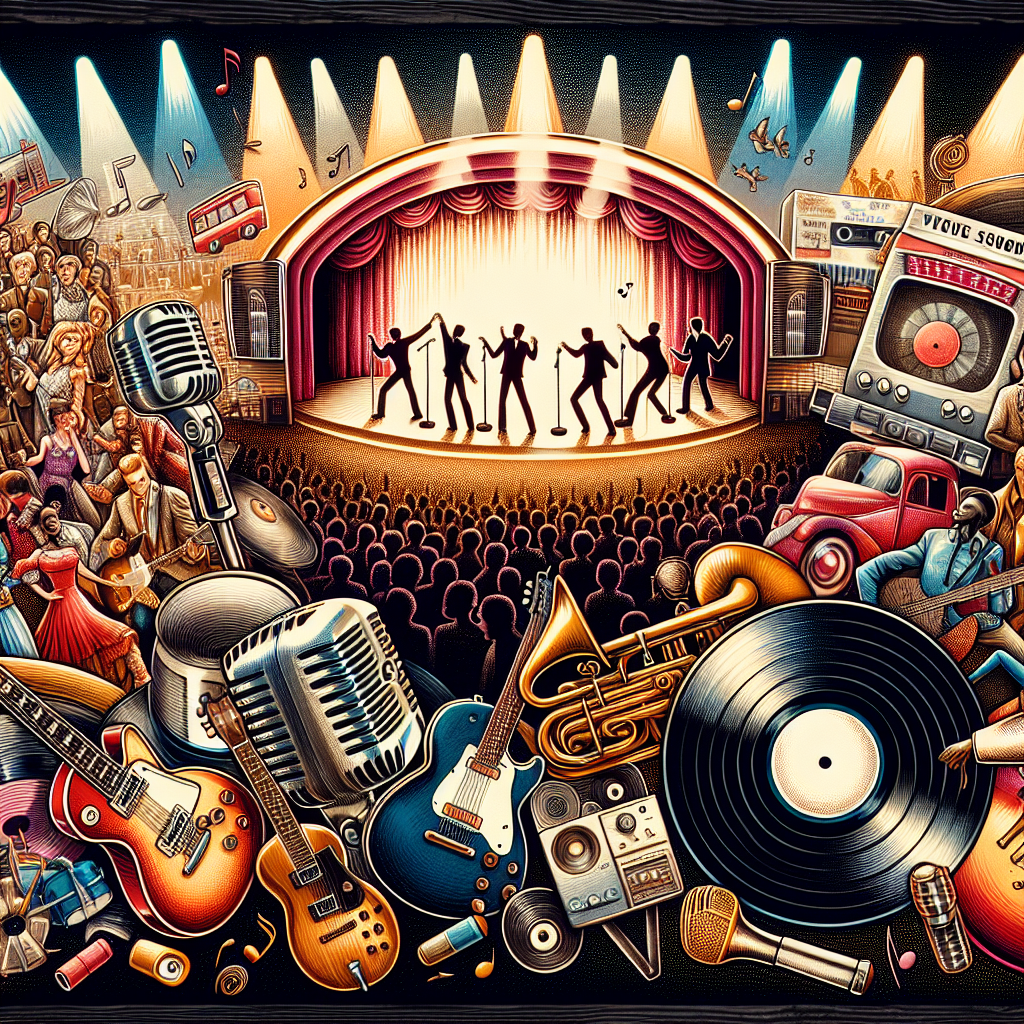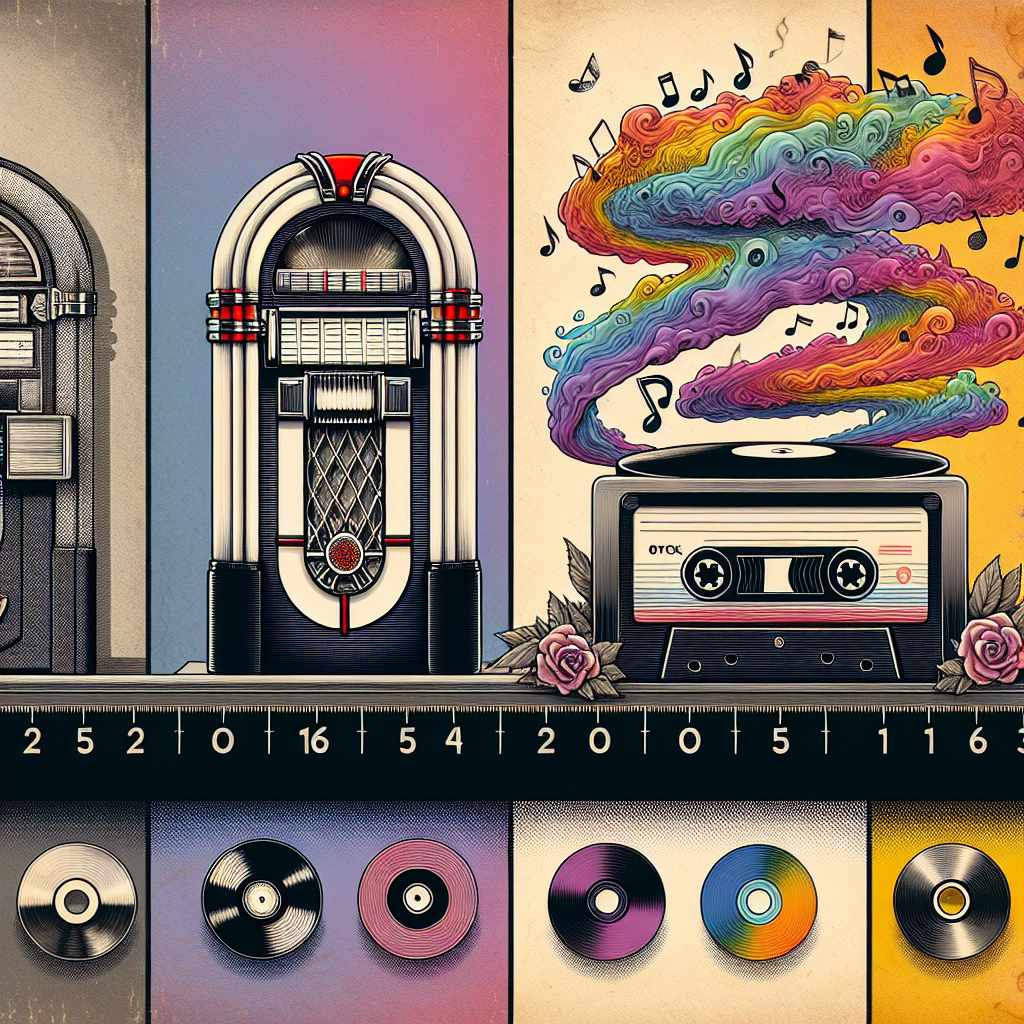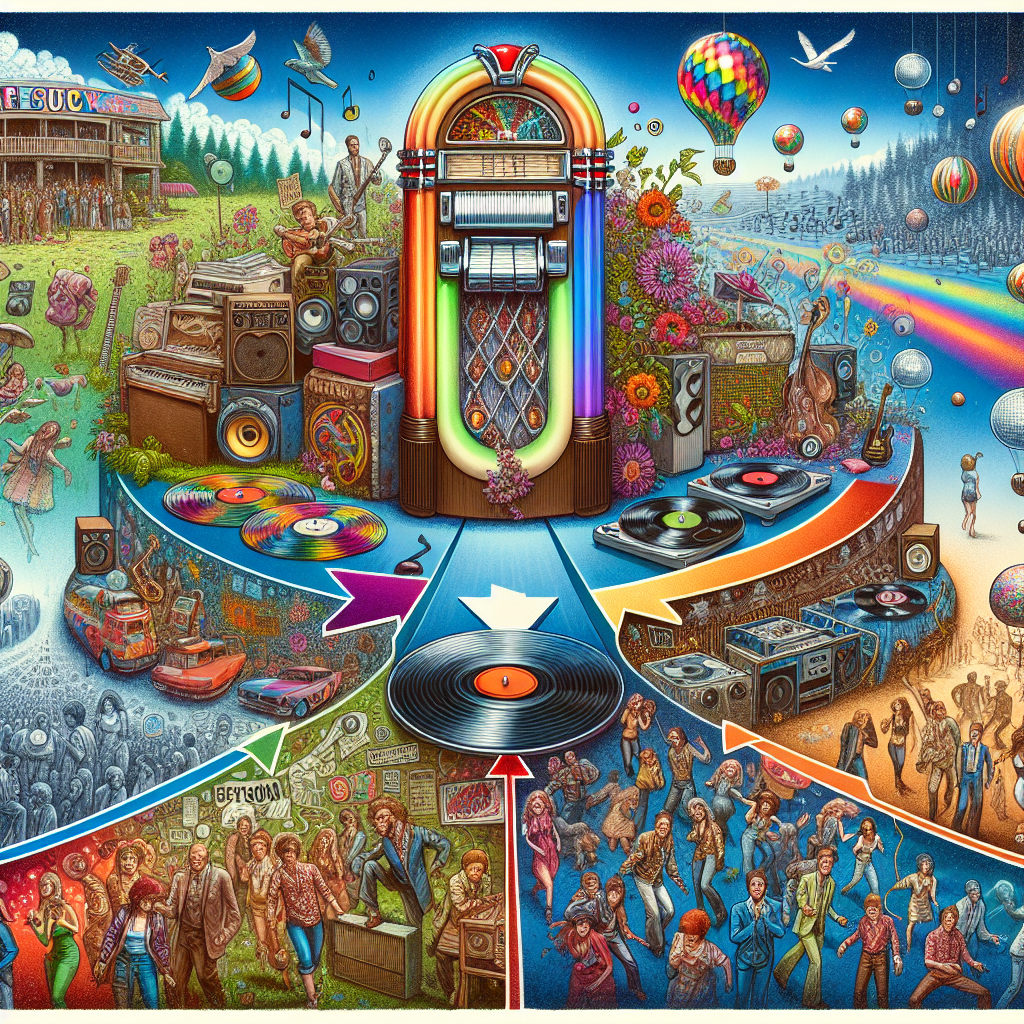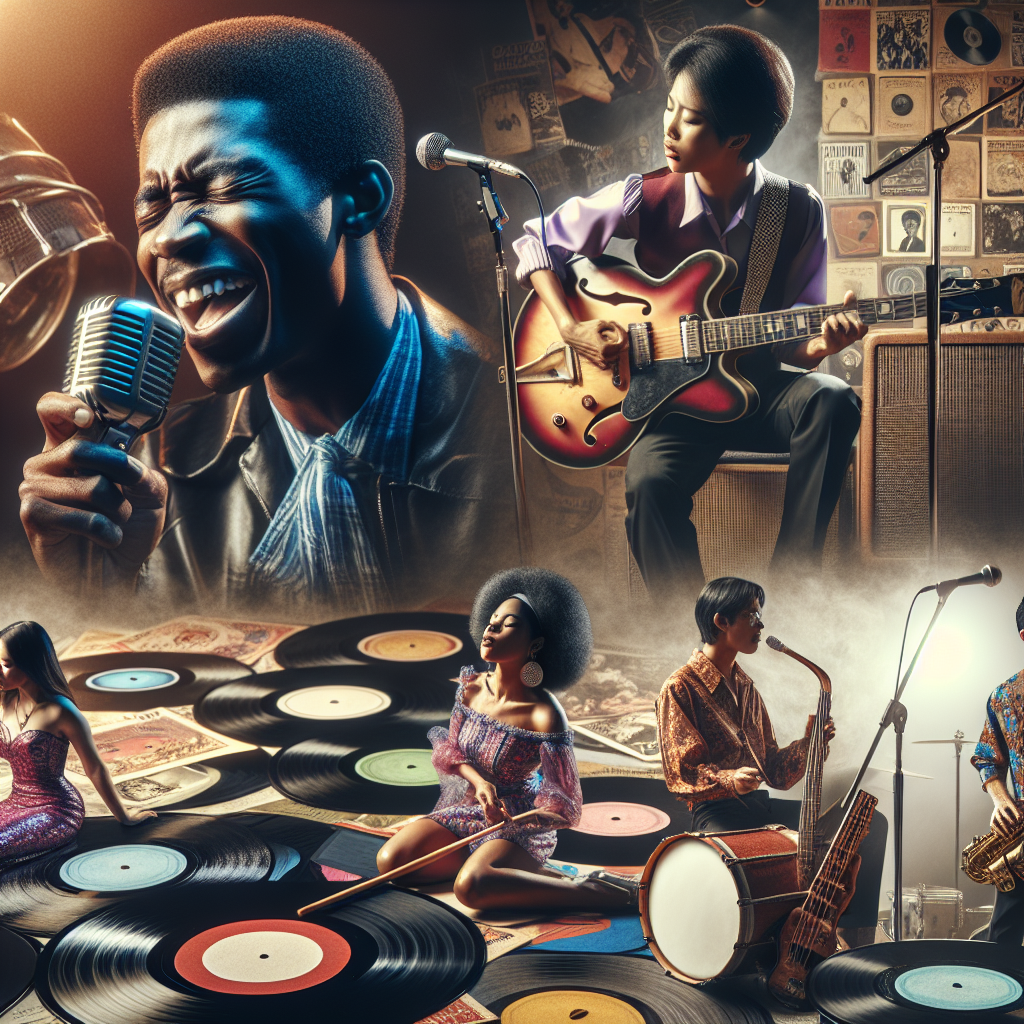Remember the good old days of the 50’s, 60’s, and 70’s? A time when music was pure, culture was vibrant, politicians were respected, fashion was iconic, and technology was just beginning to make its mark. Let’s take a nostalgic trip down memory lane and revisit some of the top hits from these decades that have stood the test of time.
Music
The music of the 50’s, 60’s, and 70’s was truly something special. From doo-wop to rock ‘n’ roll to disco, each decade had its own unique sound that captured the hearts of millions. Artists like Elvis Presley, The Beatles, Aretha Franklin, and Queen ruled the airwaves and continue to be beloved by fans old and new. Their timeless hits like “Love Me Tender,” “Hey Jude,” “Respect,” and “Bohemian Rhapsody” still resonate with listeners today.
Culture
The culture of these decades was defined by a sense of optimism and progress. People were coming together to fight for civil rights, women’s rights, and LGBTQ+ rights. The rise of counterculture movements like hippies and punk rockers challenged societal norms and pushed for change. It was a time of great social upheaval but also incredible creativity in art, literature, film, and fashion.
Politicians
In the 50’s we had President Dwight D. Eisenhower leading the country through a period of economic prosperity known as the “Eisenhower Era.” In the 60’s we saw President John F. Kennedy inspire a nation with his vision of hope and unity before his tragic assassination in 1963. And in the 70’s we had President Richard Nixon resigning in disgrace due to the Watergate scandal. Despite their flaws, these leaders shaped history in profound ways.
Fashion
The fashion trends of these decades were nothing short of iconic. From poodle skirts and saddle shoes in the 50’s to mini skirts and go-go boots in the 60’s to bell-bottoms and platform shoes in the 70’s, each era had its own signature style that continues to influence designers today. Who could forget Jackie Kennedy’s chic suits or David Bowie’s flamboyant stage costumes?
Technology
The advancements in technology during these decades were groundbreaking. The invention of television brought news and entertainment into people’s homes like never before. The space race captivated imaginations as humans landed on the moon for the first time in 1969. And who could have predicted how computers would revolutionize our lives in just a few short years?
As we look back on these golden years of music, culture, politics, fashion, and technology, it is clear that they have left an indelible mark on society. The nostalgia we feel for this era is a testament to its enduring influence on our lives today.
